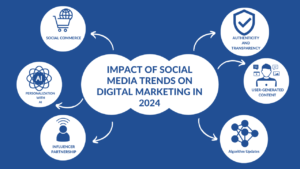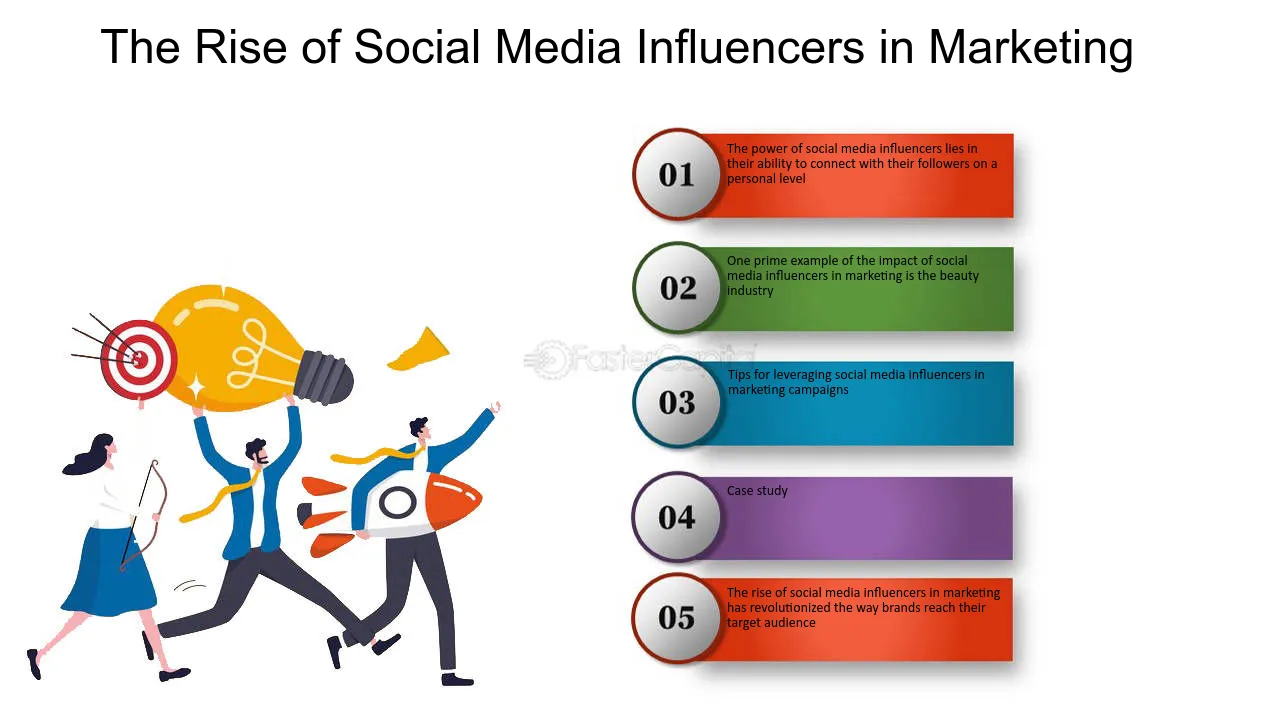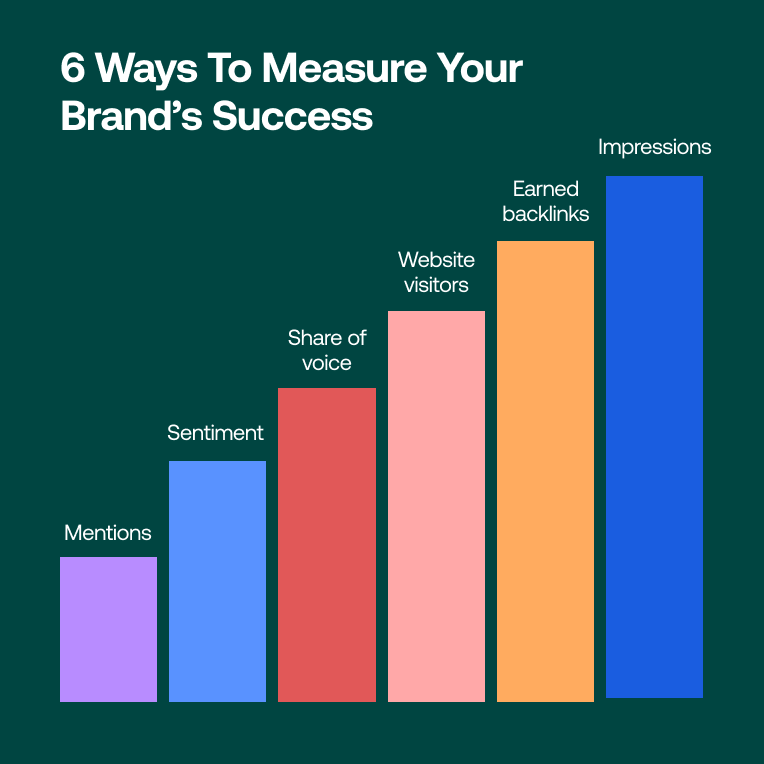Social media influencers have dramatically reshaped the landscape of advertising. Their ability to connect with audiences on a personal level and influence their purchasing decisions has made them integral to modern marketing strategies. Here’s a look at how social media influencers impact advertising trends and what businesses can do to leverage this powerful tool.

Authenticity and Trust
One of the most significant impacts of social media influencers is their ability to build trust and authenticity. Influencers often have a loyal and engaged following that values their opinions and recommendations. Unlike traditional advertisements, which can sometimes feel impersonal or forced, influencer content tends to be more relatable and genuine.
Influencers create content that aligns with their personal brand and resonates with their audience. When they endorse a product or service, it feels more like a personal recommendation than a commercial pitch. This authenticity can lead to higher trust levels and more effective persuasion, driving consumer behavior and purchasing decisions.
Targeted Reach
Social media influencers offer a unique advantage in terms of targeting specific demographics. With detailed insights into their followers’ age, gender, interests, and location, influencers can help brands reach niche audiences that might be difficult to target through traditional advertising methods.
For instance, a beauty brand looking to target millennials interested in cruelty-free products might collaborate with a beauty influencer known for advocating ethical beauty standards. This targeted approach ensures that the brand’s message reaches an audience that is already interested in and engaged with relevant topics.
Content Creation and Engagement
Influencers are skilled content creators who understand how to produce engaging and visually appealing material. Their content often includes high-quality images, videos, and creative storytelling that capture attention and encourage interaction.
Brands benefit from this expertise by partnering with influencers to create content that showcases their products or services in an organic and compelling way. Influencers can present products in real-life scenarios, demonstrate their use, and share personal experiences, all of which contribute to more engaging and effective advertising.
Additionally, influencer content often encourages engagement through likes, comments, and shares. This increased interaction can amplify the brand’s reach and visibility, driving more traffic and potential customers to the brand’s channels.
The Rise of Micro-Influencers
While major influencers with millions of followers are still valuable, there is a growing trend towards collaborating with micro-influencers—those with smaller but highly engaged audiences. Micro-influencers typically have between 1,000 to 100,000 followers and are often seen as more relatable and trustworthy by their audience.
Micro-influencers tend to have higher engagement rates and can offer a more targeted approach. Their smaller following allows for a more personal connection with their audience, making their endorsements appear more genuine. Brands can leverage micro-influencers to reach specific communities or niches effectively, often at a lower cost compared to partnering with larger influencers.
Measuring ROI and Effectiveness
Measuring the return on investment (ROI) of influencer marketing can be challenging but is crucial for assessing its effectiveness. Key metrics to consider include engagement rates, reach, referral traffic, and conversions. Many influencer marketing platforms provide analytics tools that help track these metrics and evaluate the performance of influencer campaigns.
Brands should set clear objectives and key performance indicators (KPIs) before launching an influencer campaign. Whether the goal is to increase brand awareness, drive traffic to a website, or boost sales, tracking the relevant metrics will help determine the campaign’s success and inform future strategies.
Navigating Challenges
While influencer marketing offers numerous benefits, it also comes with challenges. Ensuring that influencer partnerships align with brand values and maintaining transparency is crucial. Authenticity can be compromised if influencers endorse products that don’t align with their personal brand or if their endorsements are perceived as insincere.
Brands must also be mindful of regulatory guidelines regarding sponsored content. Influencers are required to disclose paid partnerships, and failure to do so can lead to legal issues and damage to both the influencer’s and the brand’s reputation.
Future Trends in Influencer Marketing
The influencer marketing landscape continues to evolve, with several trends shaping its future:
- Long-Term Partnerships: Brands are increasingly focusing on long-term relationships with influencers rather than one-off collaborations. These ongoing partnerships can build stronger brand loyalty and more authentic endorsements.
- Influencer-Generated Content: Brands are leveraging influencer-generated content for their own marketing efforts. This content can be repurposed for social media ads, websites, and other marketing channels, maximizing its value.
- Diversification of Platforms: As new social media platforms emerge, influencers are expanding their presence across multiple channels. Brands need to stay updated on where their target audience is engaging and adapt their strategies accordingly.
Conclusion
Social media influencers have become a powerful force in advertising, offering authenticity, targeted reach, and creative content creation. By leveraging the unique advantages of influencer marketing, brands can effectively connect with their audience, enhance engagement, and drive business results. As the influencer landscape continues to evolve, staying informed and adaptable will be key to harnessing the full potential of this dynamic advertising trend.




